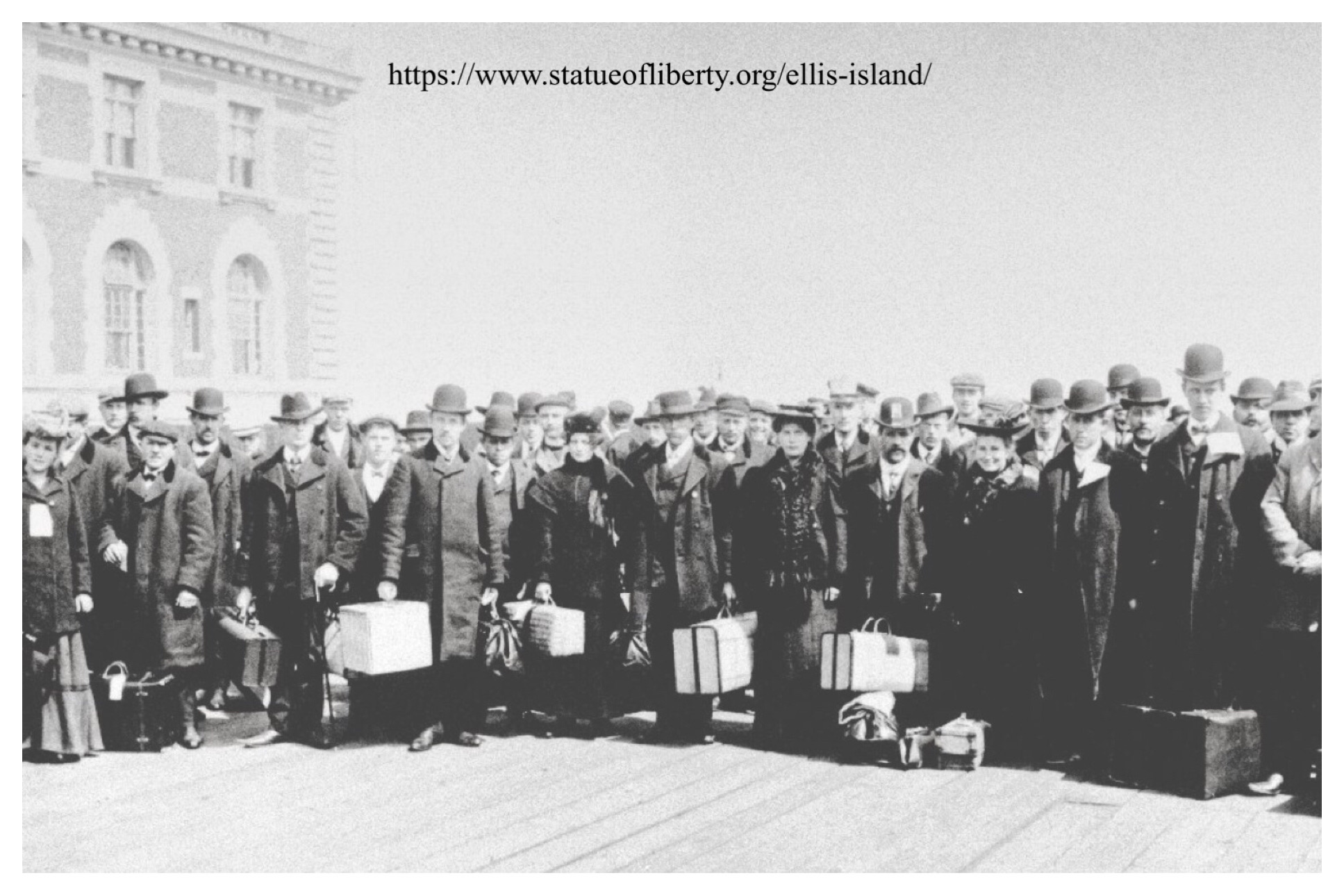Did you have poor ancestors that lived on the eastern seaboard in the mid 1850’s? Especially in the New York City area. Have you researched and found the horrible homelessness of children? For 75 years between 1854 and 1929 up to 200,000 indigent children were taken from the cities to the farm, in hopes of giving them a "better" life. The brainchild of this plan was Charles Loring Brace, a minister. And the form of transportation? Trains, better known as Orphan Trains. But how did this situation come to be? And were the children actually given a better life?
Large influxes of immigrants had crowded New York. Add in the financial panics and depressions of the late 19th century, unemployment was skyrocketing. Cheap housing became scarce and these all combined in thousands of children being destitute on the streets. To try and survive, these children would do small services like shining shoes, selling newspapers, and, in many cases, begging or even stealing. These children would be thrown into prisons with adults for being vagrants or petty thieves. There were no social nets back then and Charles Brace wanted to help these children.
In 1853, Brace founded the Children's Aid Society.
Brace believed cities were not where very poor children should be. In 1853, Brace founded the Children's Aid Society. They created trade schools, built places for them to live and even tackled truancy and illiteracy. By the 1870’s there were between 20,000 and 30,000 homeless children, and Brace proposed that instead of institutionalizing these children they be sent out west to be adopted by families to help work their farms. Food and space were plenty in the west. Farmers needed more hands to help on their farms so he called it "Emigration as a cure for Pauperism."
New York’s wealthiest families helped by donating the funds to send the children out west. Adult chaperones rode out with groups of children who would then gather at a large public area where people would come to pick out a child or children who understood they were expected to work in exchange for a home. However, some children had been placed with families beforehand so they would go straight to their new home. Not all orphaned children were actually orphans. Some were accidently sent on the trains while others whose parents were more resourceful would send their children away during hard times, keep ties with them while they were gone, and get them back when times were better.
Not every child went to a loving home.
Not every child went to a loving home. The new parents were not vetted well, if vetted at all, and some of the children were used more as servants than adopted children. Some children were even abandoned or the new parents died and the children were once again left to fend for themselves. A life of poverty, petty crime, and neglect once again became their lives.
This system lasted for 75 years until fewer farm hands were needed, and the states no longer wanted children they deemed may be criminals. But what really helped to halt the orphan trains were that social work was a profession and child labor laws were coming into effect. The biggest social welfare was being started and these trains no longer were deemed as useful. It is hard to imagine putting children on trains to go live and work for strangers as a way to help them in their poverty. However, understanding these children needed help and not living on the street, it was considered a positive thing. While it may not have worked perfectly, many children were helped during the orphan train times. Did you have any ancestors who were part of the orphan trains?
If you need any help finding your ancestors, just let us know.


